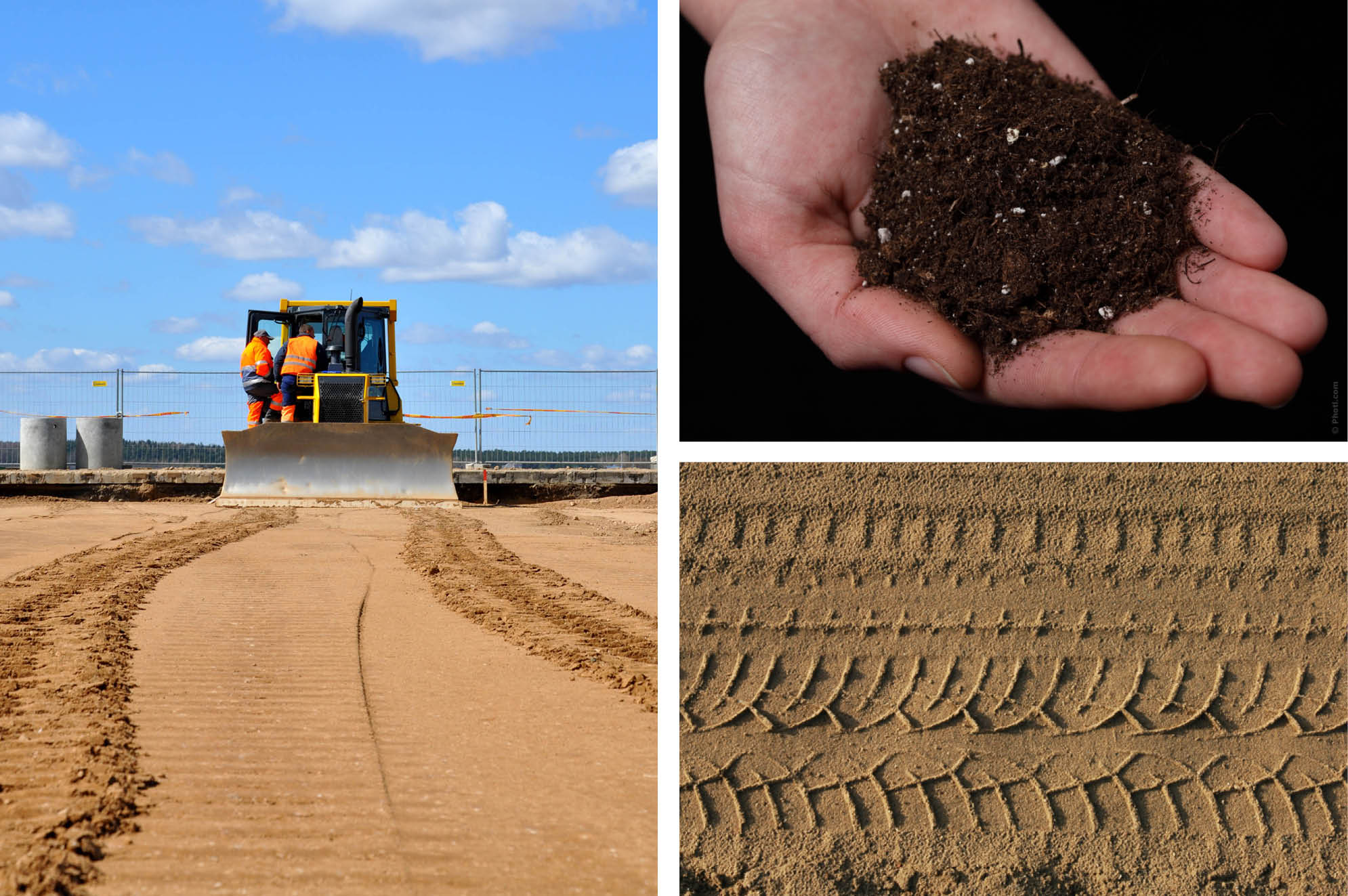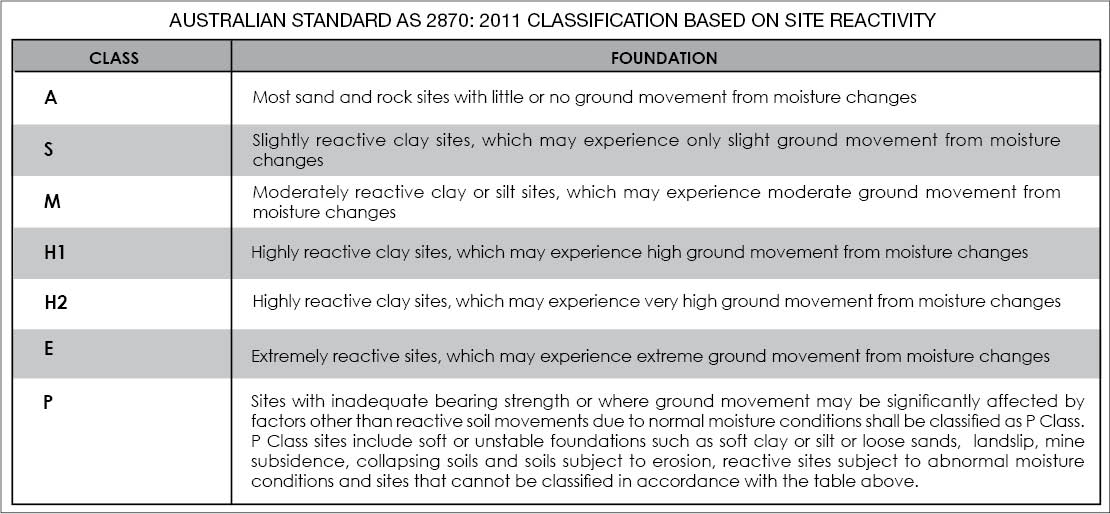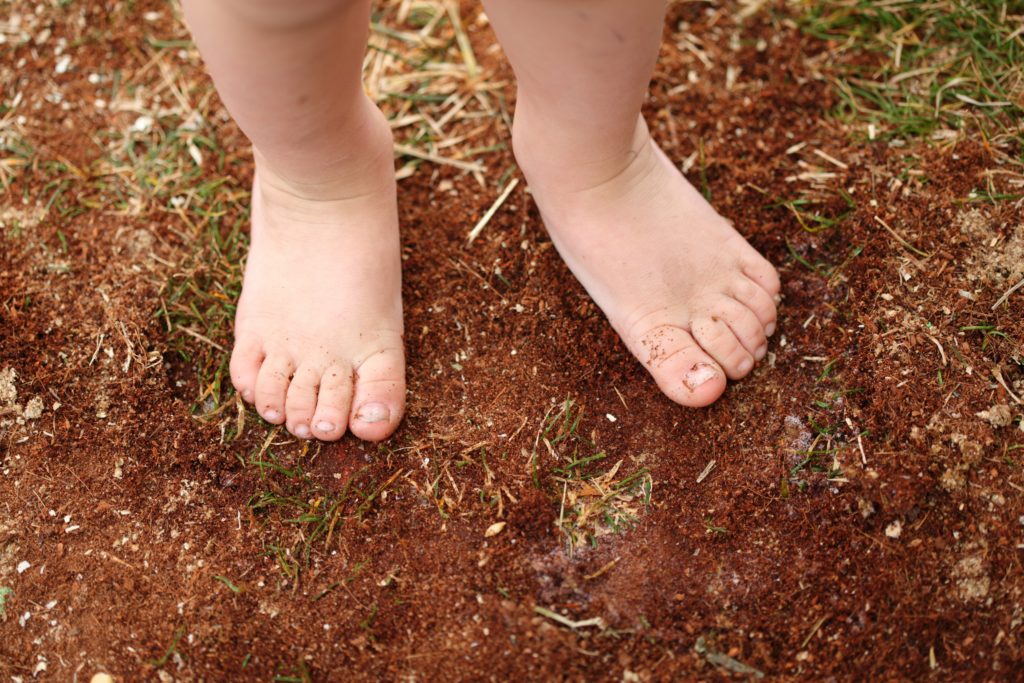Soils ain’t just soils – what you need to know

As any gardener will tell you, the key to establishing and maintaining a healthy garden is the type of soil you use. The soil type provides more than just the foundation for your flower beds and vegetable gardens though, as together with the concrete floor slab, it also forms the foundation for your new home!
Assessing your soil reactivity
To ensure the appropriate concrete subfloor is laid, your site will need to be assessed by an engineer. For sites other than stable sand or rock sites (ie. A Class sites) the engineer will take soil samples from your site, subject them to various laboratory tests, and then specify the correct site classification under the Building Code of Australia, according to Australian Standard AS 2870:2011 – Residential Slabs and Footings.
This rating system indicates how reactive your soil is and helps your structural engineer determine what sort of footing system will be suitable for your site in what are known as “normal wet” and “normal dry” conditions. Please note that the term “reactive” does not mean your soil is contaminated in any way (it’s not radioactive); rather it refers to the way your soil “reacts” to any changes in moisture content!
All clay-based soils have the potential to shrink and to swell with the introduction or removal of water. Of course, some soils have a greater potential to change volume than others and it is this amount of movement that needs to be measured to determine how your home must be built.
Soil reactivity is generally classified in terms of the following:

Soil classifications based on site reactivity
Preparing your block for building
If you’re embarking on the road to building your own home for the first time, you could be forgiven for thinking that construction commences when we pour your concrete floor slab! In actual fact, bringing your dream home to life includes a lot more work “behind the scenes” – including a thorough investigation of any and all site conditions that could impact on your new home construction.
A site inspection and soil testing by an engineering firm allows us to better understand any additional work that may be required on site to ready your block for building. It also ensures the footings for your home are designed in such a way so as to protect your home from soil movement as a result of changing moisture content that might otherwise cause footing movement.
For all ratings, it is simply a matter of building a subfloor that will not only support the size, shape and design of the home, but will also withstand any movement as a result of the reactivity of the soil, and shrinkage/thermal movement of the concrete floor slab. Classifying existing soil conditions helps to determine any potential complications prior to construction and it also allows the structural engineer to design the footings for your home to cope with the expected movements.

Testing your soil will protect your home from any movement underfoot
Site costs
Typically, reactive sites will be more expensive to build on due to the amount of potential ground movement. For example, while most A Class sites will require a basic reinforced floor slab, sites with other classifications can and will require additional reinforcing as determined by a structural engineer.
Adding extra stability and support comes at a cost, however the extent of this expense cannot be known until the engineer has completed an assessment and provided a report. Accordingly, it is important to note that while we endeavor to provide, based upon your design brief, a concept that is as close as possible to your permitted budget, building costs vary greatly depending upon the site terrain and any special engineering and/or structural requirements.

Building costs vary greatly depending upon the site terrain
For further information about the home building process, contact us today.
